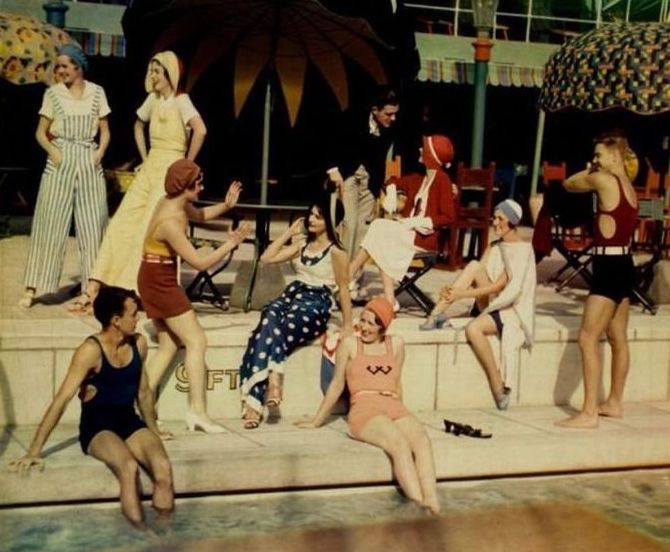|
|
History: United States Of America, 1940
|
All laws and governmental procedures are subject to judicial review, and any law ruled in violation of the Constitution is voided. The original text of the Constitution establishes the structure and responsibilities of the federal government and its relationship with the individual states. Article One protects the right to the "great writ" of habeas corpus, and Article Three guarantees the right to a jury trial in all criminal cases. Amendments to the Constitution require the approval of three-fourths of the states. The Constitution has been amended twenty-seven times; the first ten amendments, which make up the Bill of Rights, and the Fourteenth Amendment form the central basis of Americans' individual rights.
Parties, ideology, and politics
The United States has operated under a two-party system for most of its history. For elective offices at most levels, state-administered primary elections choose the major party nominees for subsequent general elections. Since the general election of 1856, the major parties have been the Democratic Party, founded in 1824, and the Republican Party, founded in 1854. Since the Civil War, only one third-party presidential candidate—former president Theodore Roosevelt, running as a Progressive in 1912—has won as much as 20% of the popular vote.
|
|









